As we launch CAM Testbed UK: Connected we asked some of the experts who feature in the video series for their thoughts on some of the major issues around connectivity testing for connected and self-driving vehicle technologies.
Why are Zenzic creating this video series?
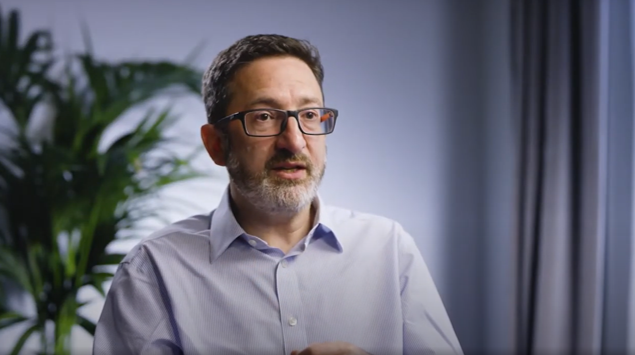 Daniel Ruiz, Zenzic
Daniel Ruiz, Zenzic
The purpose of this video series is to show the whole world what CAM Testbed UK can do specifically in the area of connectivity. Connectivity is absolutely fundamental to the transport revolution. It will enable exploitation of self-driving but more important for me is it will help unlock the potential increases in safety, the increases in accessibility, it will increase productivity, not just of individuals who are moving around, but of businesses and manufacturing. Also, very simply, if congestion is improved and flow of traffic is improved then the environmental impact will be enormous as well. We want to show the world that we have a full set of systems in place, that they are in a full range of working environments, and we want to be able to show it is there and ready to use right now.
The Midlands Future Mobility video demonstrates safe and robust systems for road context information sharing. How is this information communicated to a vehicle and why is this important?
 John Fox, WMG
John Fox, WMG
Testbed: Midlands Future Mobility
The vehicle can receive this information using any form of vehicle-to-infrastructure communications. In this demonstration we’re using roadside units, but we could also use the 5G network rolling out as part of MFM. It could give you an in-vehicle notification, and check that they’re clear to the driver, and that the driver responds accordingly. It means you can make audio warnings if required, if there’s bad visibility or spray, a lorry in the way of the sign, all of these things are taken out of the equation by having it in your vehicle.
What are the long term implications for the high-speed data transfer demonstrated at Millbrook?
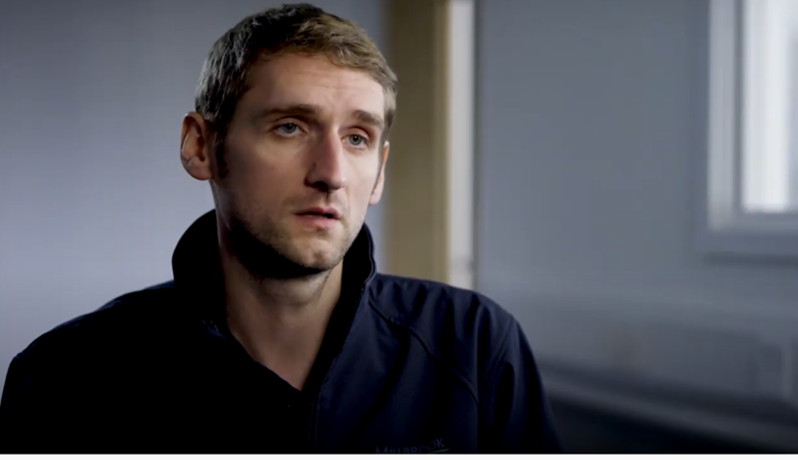 Chris Polmear, Millbrook
Chris Polmear, Millbrook
Testbed: Millbrook-Culham Urban Testbed
The high-speed data transfer demonstrated at Millbrook has direct effects on the future development of connected and self-driving vehicles. It means that development cycles and test times are reduced and much more efficient so you can run through development cycles quicker, get test results faster, and ultimately get connected and self-driving vehicles on the road in a shorter period of time and save money.
How can connectivity help us to understand our transport networks better?
 Mili Naik, TRL
Mili Naik, TRL
Testbed: Smart Mobility Living Lab
Through vehicle connectivity, we’re able to harvest a whole set of data back at our SMLL data centre that allows us to look in detail at how a vehicle is moving and how it is reacting to the environment in which it is travelling, manage communication between the control room and vehicles, and we can also look at the vehicle’s positioning and compare where the vehicle thinks it is to its precise real-world position. Connectivity from V2X allows us to compare the performance of different communications which could also assist in providing an additional perspective on road users in a vehicle’s vicinity.
How can connectivity be used to inform vehicles of their surrounding environment? Why is this important for testing?
 Jonathan Clark, TRL
Jonathan Clark, TRL
Testbed: Smart Mobility Living Lab
We can send data from our data centre to the vehicle via roadside units which broadcast a whole host of different messages about the environment that the vehicle is approaching. An example of data sent would be information on where other vehicles are and the positions of other connected road users. This capability can support the creation of a safety case for the trial.
For the ConVEx data exchange, why is good quality data important?
 Dave Williams, Immense
Dave Williams, Immense
Testbed: ConVEx
When we have good quality data, we can create better simulations and make better decisions, and this means our customers can get maximum benefit. When we produce simulations of automotive and transport systems we’re doing it to provide insight, improve understanding and help us make decisions. The same is true of data – we want to understand performance, and understand how to make things better. This means having access to more data, and better data, is ultimately a good thing, as it allows us to improve these decisions. Transport and infrastructure is expensive, so it is worth ensuring our decisions are underpinned by robust data, delivering value for all stakeholders, including the taxpayer.
How can data be used to benefit CAM?
 Chris Lane, Transport for West Midlands
Chris Lane, Transport for West Midlands
Testbed: ConVEx
We can use big data sets to understand how transport networks work and understand where interventions need to be made. This is important in several ways. For those developing products and services it provides a rich set of data to design, build and test their products and services both historical and real-time where needed. For those running transport networks it allows patterns of behaviour to be explored, hot spots to be quickly identified and future changes modelled; this in turn provides vital evidence of where changes might be needed to transport networks and helps explain and justify those changes.
How does connectivity fit into the larger mobility picture? What are you aiming to understand about the connectivity layers involved?
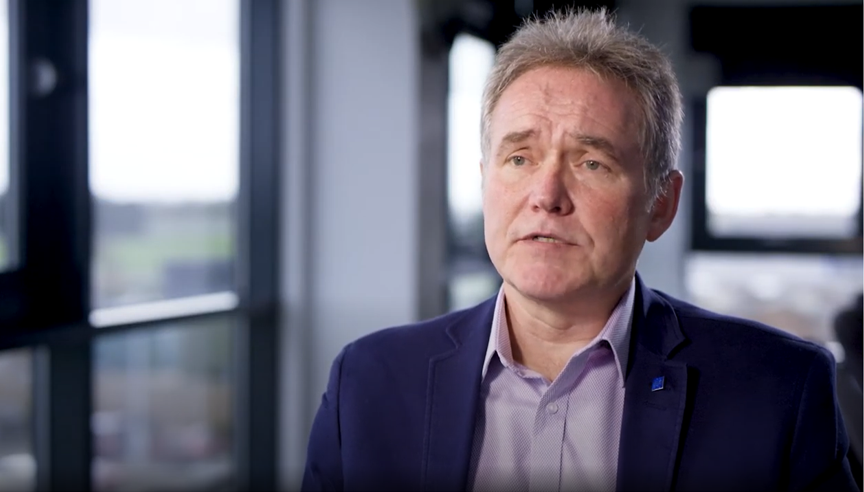 Chris Reeves, HORIBA MIRA
Chris Reeves, HORIBA MIRA
Testbed: HORIBA MIRA-Coventry University CAV Testbed
Connectivity is an important part of future mobility solutions. It is not only an enabler for Mobility as a Service (MaaS) where the consumer can procure seamless and highly optimised end-to-end journey solutions. It is also a core component of automated driving technologies allowing vehicle software and services to be updated ‘over the air’ through to the vehicle-to-anything connectivity, where vehicles can communicate with, for example, each other and roadside infrastructure to improve safety and optimise journeys. What is critical for the deployment of these connectivity layers is to understand the functional performance and whether the systems are safe and secure. CAM Testbed UK has a pivotal role to play in answering these questions.
How pervasive are connectivity applications for vehicles today and how do you think this is progressing?
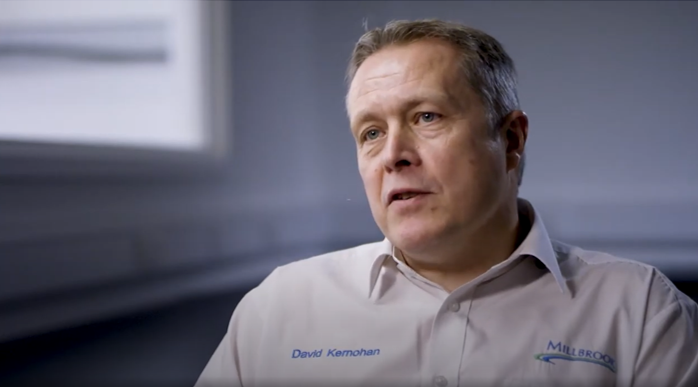 David Kernohan, Millbrook
David Kernohan, Millbrook
Testbed: Millbrook Culham Urban Testbed
Connectivity is with us already. There are a lot of connected vehicles out there now and it is progressing very rapidly. It’s also starting to get wider than just the vehicle, which I think is an important element of this video.
How important is connectivity for the future of mobility? How does testing at a smaller scale link to the larger benefits for our transport networks?
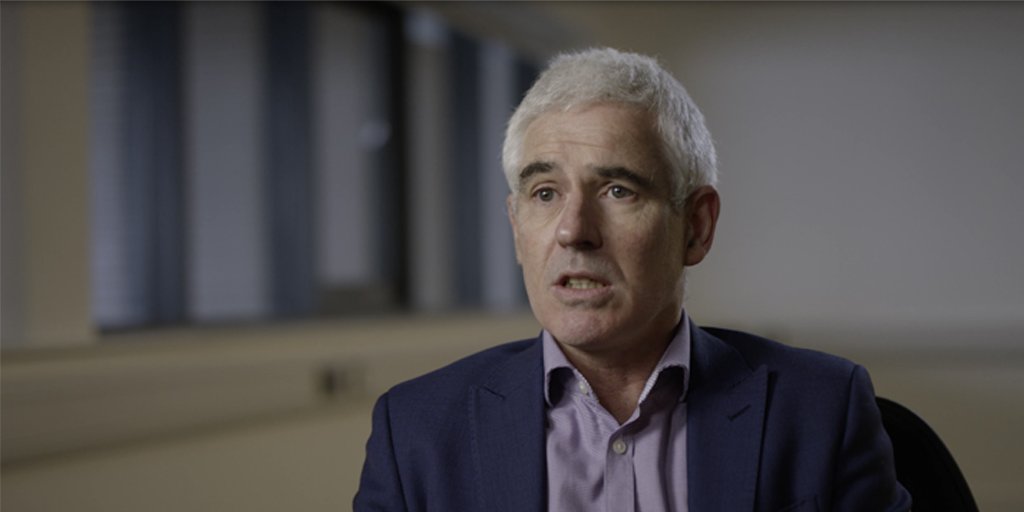 Rob Buckingham, RACE
Rob Buckingham, RACE
Testbed: Millbrook-Culham Urban Testbed
Connectivity is a really important aspect of mobility, and it’s going to become increasingly so. So in the video we’re doing a test with just two vehicles, but imagine what it’s going to be like when you’ve got hundreds and they’re all collecting information about road condition, air temperature, whatever it is, and they’re feeding that back and sharing it with other vehicles. The resulting benefits for safety, environment and time saving could be substantial.
What’s your ultimate mission for vehicle connectivity?
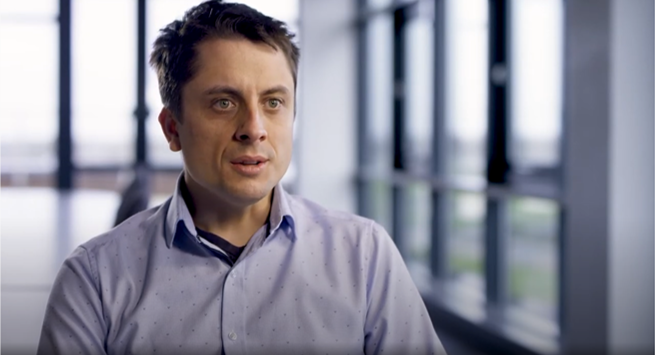 Pawel Jaworski, HORIBA MIRA
Pawel Jaworski, HORIBA MIRA
Testbed: HORIBA MIRA-Coventry University CAV Testbed
What we’re aiming for with vehicle connectivity is to ensure that the vehicles are safe and efficient. Our mission is to accelerate the deployment of connected self-driving technologies and reduce the cost of doing so to make those vehicles and those technologies accessible to everyone.
What are the big-picture benefits that connectivity can deliver?
 Carla Shepherd, WMG
Carla Shepherd, WMG
Testbed: Midlands Future Mobility
The demands on transport systems are increasing, the importance and scale of action needed on climate change is becoming clear, and safety on our roads has plateaued in recent years. Connected mobility solutions address all of these challenges and CAM Testbed UK provides the capability needed to move the needle on these critical issues.


